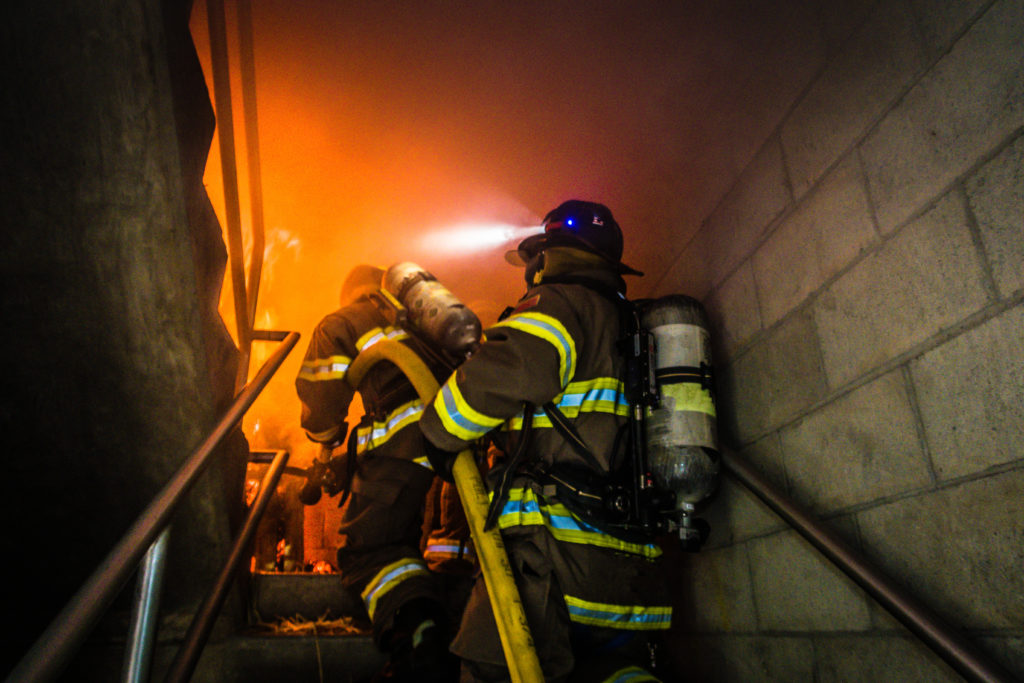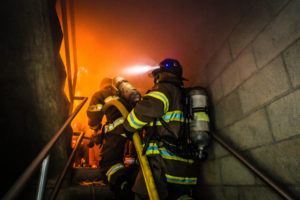Air management is more than being able to determine how much work can be done with a full SCBA bottle, and it is more than conserving air if someone is trapped or disoriented. It involves fitness and conditioning as well as an individual’s psychological response to stressful situations. Often referred to only in training to deal with close calls and mayday events, air management also ought to be discussed when the conversation is about fitness.
Most information about air management tends to focus on SCBA limitations. It starts with the fireground and the working time and the escape time while inside a IDLH (immediately dangerous to life and health) area. Many fire departments have written guidelines about air management. They range from training to increase familiarization and comfortability, to training personnel to consider the distance one will need to traverse inside a structure. That distance will impact whether there is enough time to enter, to do the work and to withdraw before the SCBA low warning device is activated. This is crucial because the firefighter will be operating within a set available time.
Air management needs to first start with the individual’s level of fitness that exists before an alarm goes off. Improving fitness will allow him or her to maximize the time that can be spent inside a structure. While air management information typically points to line of duty deaths (LODD) related to asphyxiation, proper fitness training not only can impact that statistic in a positive way, it can also help to lower the likelihood of death from heart attacks and cardiac arrest, thus having an even greater positive impact in reducing LODDs.
Firefighters working in high stress situations can operate at or above their maximum heart rate for 30 minutes or longer. Wearing and using SCBA while working with a dangerously prolonged heart rate decreases heart and lung performance anywhere from 15% to 22%. When muscles are working harder, more oxygen will be consumed for the body’s tissue to continue to perform the work. The body can only use so much oxygen (VO2 Max), and when performing strenuous work, an individual will eventually reach their VO2 Max and no longer be able to work any harder.
Skip breathing, count breathing and the Reilly Emergency Breathing Technique work well depending on how much someone trains on them, but unless they have trained to have a reserve amount for exiting, they still run the risk of depleting the air supply. BlastMask allows a person to take all the restrictions of SCBA and train at a level that can improve the VO2 Max, thereby allowing a firefighter to work at a moderate to elevated level of intensity for extended periods of time. This is because the ability to get oxygen to the tissues that need it is increased. Increasing cardiorespiratory endurance improves the ability to truly manage SCBA air with an increased workload in stressful environments.
Training with BlastMask, combined with your department’s air management training, provides the best way to maximize the limited amount of SCBA air available for tasks. This is important if limited time is available to withdraw from the structure and to ensure enough air is available if someone becomes trapped or disoriented. Air management training and mask confidence drills must be partnered with fitness training, or someone may have all the knowledge of how SCBA works but a body that’s unable to keep up with physiological and psychological stress. No tips or tricks alone can replace the need to train a person’s lungs for the demands of working with a limited air supply inside a dangerous environment.

